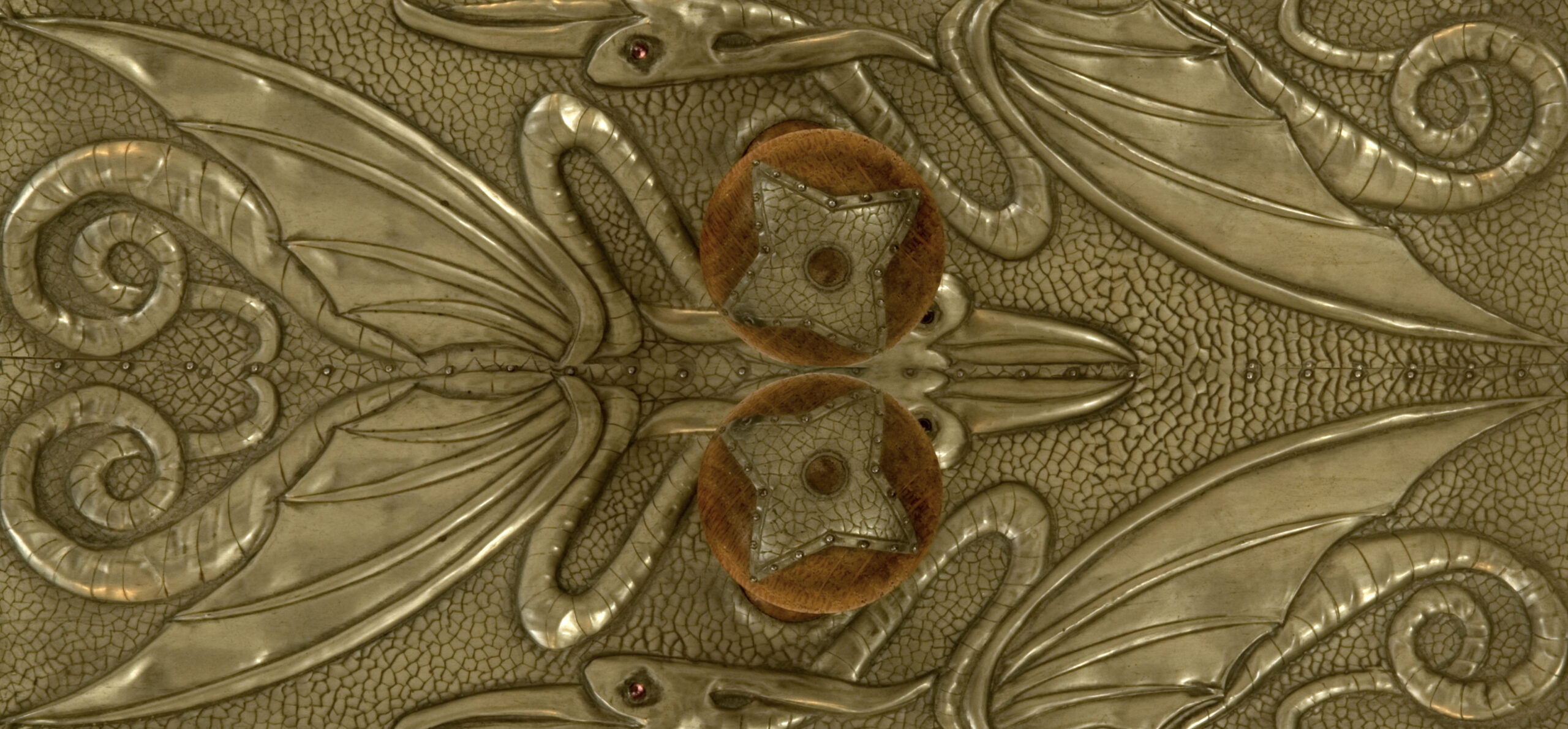Exploring the origin, popularity and repercussions of the Arts and Crafts movement, and what it brought to the Antique world.
What was Arts and Crafts?
The birth of the Arts and Crafts Style movement came about as a direct result of the damaging effects that manufactured goods had. Both on society as well as the quality of the product. Leaders of the movement wanted to promote positive and healthy working environments. Their methods included using traditional techniques and craftsmanship.
It was the Arts and Crafts Exhibition Society that allowed the movement to flourish and grow into the popular phenomenon we see today. Dating as far back as 1867 the society took hold, making room for the movement in 1887.
Over time, the public were introduced to these new forms of artwork. Their furniture and interiors changed accordingly and more people began welcoming in this vibrant and revolutionary style.
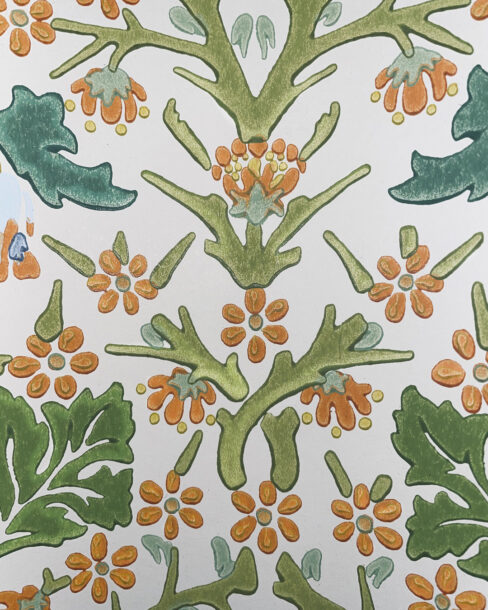
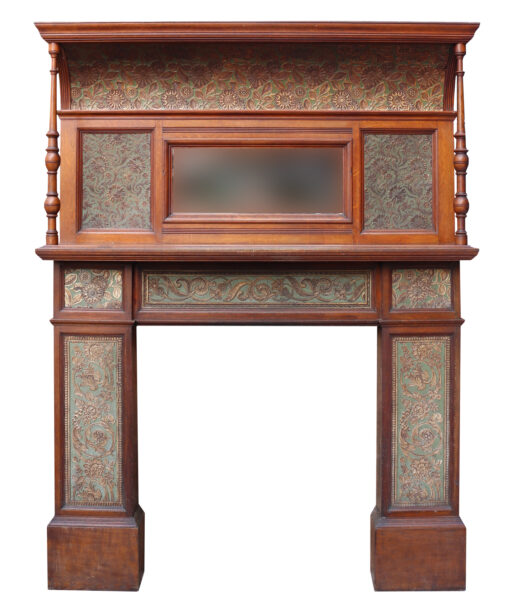
Where did it Originate?
After taking influence from the Arts & Crafts Society, the movement began taking hold in Britain with prominent designers such as William Morris forming their inspiration. Walter Cane, the societies founder and president was also a book illustrator and artist. His love of creativity led the society to become one of the most innovative that Britain had seen. In 1851, The Great Exhibition in London oversaw decorative artwork showcased in their galleries, however this was not enough. The movement needed reoccurring opportunities to show off their designs and artwork. These regular shows would allow more people to learn about the new art.
William Morris
William Morris was the 19th centuries greatest designer. With the benefit of a wealthy inheritance, Morris was able to spend his time and money on growing his skills. On a family trip to London, Morris refused to enter the Great Exhibition on the grounds that they were prioritising Machine Age Design. From a young age, Morris developed a love for history, design and landscape. It would be a trip to France with life long friend and artist, Edward Burne-Jones, that came the realisation he was more committed to Art and Design rather than the Church.
In 1861, William Morris and some friends had decided to set up their own company, the start of Morris’ interior career. Morris, Faulkner, Marshall & Co began creating everything by hand and emphasising the need to phase out the mass made machinery production.
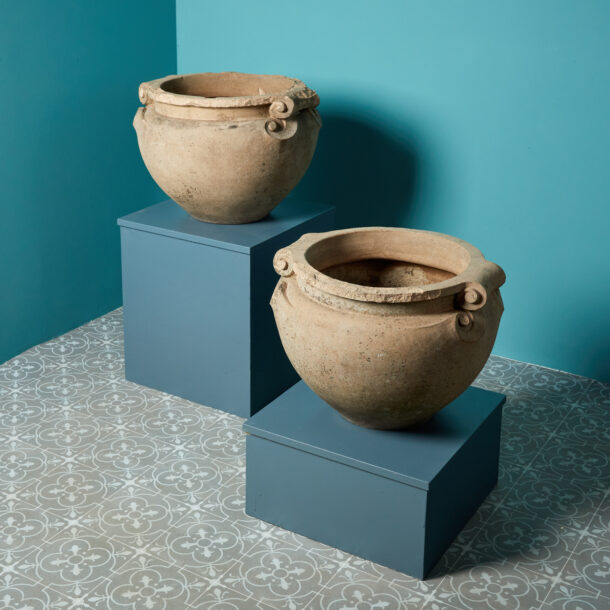
Who were the Main Designers?
So, who were the main members and contributors to the movement? The Exhibition Society, the Arts Workers Guild and many other individuals involved in craftsmanship all contributed as different artistic scholars. As mentioned previously, many of these people were heavily influenced by the work of William Morris. Morris was one of the worlds most renowned designers and manufacturers by the 1880s. His ideas were heavily driven by the idea of reintroducing smaller work spaces. During this time, factory based systems had dominated Victorian Britain.
Archibald Knox
Archibald Knox was one of the most profound and leading inspirations for the Arts and Crafts Movement. He was a prominent Manx designer, born in the Isle of Man. He influences other movements such as, Celtic Revival (1800-1900), Art Nouveau (1890-1910) and Modernism (1900-1940s). After leaving the island through 1897 and 1912 his association with London’s up market Liberty & Co grew, enabling his career to grow with it. After this, Knox moved back to the Isle of Man beginning a new career as an art teacher at Douglas High School. back home, his work was in great demand as well as his talents as a book illustrator and designer of public memorials.
His work focussed mainly on Celtic designs, later moving onto watercolour and eventually finding himself being commissioned for prestigious London companies. In 1902 Knox designed the Liberty “Tudric” pewter series. A brand name for pewter ware. Made by W.H. Haseler’s of Birmingham. Liberty had begun producing these designs from 1899. They continued their production through to the 1930s with Knox as their Chief Designer. In their 1899-1900 catalogue, Liberty stated that “simplicity is the keynote of its design”. This was in reference to the designs which Knox had been producing for them.
We have one of Archibald Knox’s Beowulf planter’s here at UK Architectural Heritage, made for liberty’s Celtic Style Collection. One of Knox’ earliest designs.
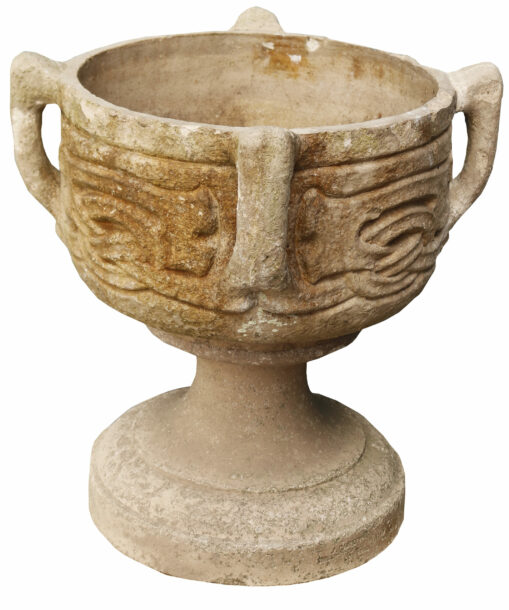
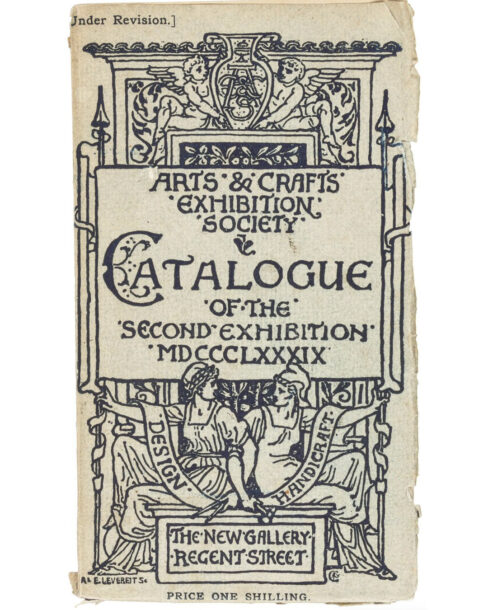
The End of the Movement
In 1912, the decline of the Arts and Crafts Movement became clear. Their exhibition in 1912 had failed miserably and indicated financial ruin. With the emergence of the First World War there was little room for the movement to grow further and it had given way to modernism.
Despite this, the Arts and Crafts movement has been, and continues to be, popular in modern day. Antique dealers internationally seek out products from the era with customers constantly seeking their style.
The revival of Arts and Crafts has emerged within the last 10 years. With the love of hand-made items the industry has been able to flourish greatly. Small businesses and those who chose to opt-out of mass produced factory products have found new ways to develop consumer goods in an artistic and ethical way.
Because of this, a new found need for reclaimed and salvaged Arts and Crafts products has emerged and we are here for it!
If you found this blog interesting, be sure to sign up to our mailing list to keep up to date with new stock, blogs and essential information!
